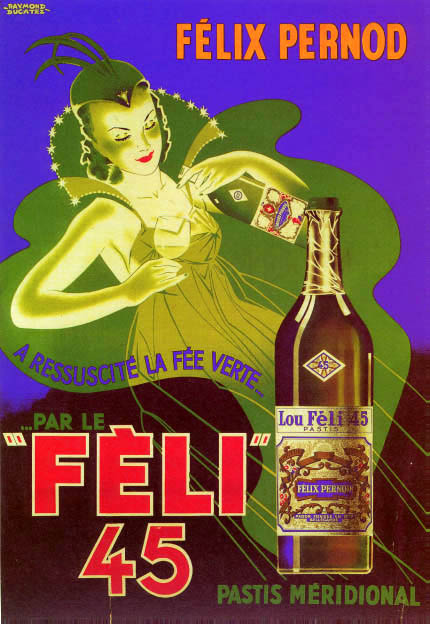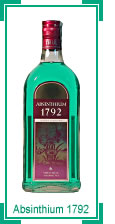“How much thujone in Lucid, Sir?” … “Ask no questions child.”
The words below were written by Lucid Absinthe’s distiller on the subject of thujone, the naturally occurring element in wormwood, previously credited in the 19th century with hallucinogenic and mind altering powers.
If you didn’t know yet Lucid Absinthe is the new FDA “thujone free” compliant absinthe that is being hyped from coast to shining coast in America this week. But is it real absinthe if it has no thujone? Read on..
Using every bit of information I’ve processed over the past seven years, my calculations indicate that quality original Pontarlier labels contained anywhere from 50-100mg/kg total thujone. I do agree that I feel that thujone is not the only player in the secondary effects, although I’m convinced it plays an important role. I also have some evidence that indicates that the presence of other essences and even manufacturing methods is influential.T.A. Breaux
June 5, 2000 (FeeVerte.net)
These days we are told that there was little or no thujone in pre-ban real absinthe by exactly the same source! Seven years of research, and a sudden change of heart? To quote Alice in Wonderland: “Curiouser and curiouser”. What should we make of this? The only person that can answer this is T.A.Breaux himself and he alone is invited to do so below.




















